The Pros and Cons of Open-Concept Furniture
Introduction:
In recent years, open-concept furniture has emerged as a popular trend in interior design, offering a fresh and modern take on home design. Open-concept furniture is characterized by its focus on flexibility, versatility, and the use of space. With its emphasis on creating open, airy living spaces, open-concept furniture has become a popular choice for those looking to create a modern and spacious living environment.
At its core, open-concept furniture is about breaking down traditional barriers and creating a seamless flow between different functional areas in a home. This can be achieved through the use of furniture that can be easily reconfigured or moved, or by incorporating multi-functional pieces that serve multiple purposes. The result is a home that is more open, flexible, and versatile, allowing you to create a space that meets your changing needs and lifestyles.
The growing popularity of open-concept furniture is a reflection of the changing needs and lifestyles of modern consumers. As people are spending more time at home, they are seeking environments that are comfortable, functional, and aesthetically pleasing. Open-concept furniture offers a solution that is both stylish and practical, helping to create a living environment that is both functional and beautiful.
In this article, we will explore the pros and cons of open-concept furniture in greater detail. From increased flexibility and improved social interaction, to the potential for reduced privacy and increased noise levels, we will look at all sides of the open-concept furniture debate. By the end of this article, you will have a clearer understanding of the benefits and drawbacks of open-concept furniture, and will be better equipped to make an informed decision about whether it is right for your home.

II. Pros of Open-Concept Furniture
One of the key benefits of open-concept furniture is its increased flexibility and versatility. With its focus on creating a seamless flow between different functional areas in a home, open-concept furniture offers a level of flexibility that is not possible with traditional, fixed furniture. Pieces can be easily reconfigured or moved, allowing you to adapt your living environment to your changing needs and lifestyles. Whether you're hosting guests, working from home, or simply relaxing, open-concept furniture provides a level of flexibility that can help you create a space that works for you.
Another major advantage of open-concept furniture is the better use of space. By breaking down traditional barriers between different functional areas, open-concept furniture can help you make the most of your living space. This can be especially beneficial in smaller homes, where every square inch counts. By creating a more open and airy environment, open-concept furniture can help you maximize the space you have, while still providing a comfortable and functional living environment.
Improved social interaction is another key benefit of open-concept furniture. With its emphasis on creating open, airy living spaces, open-concept furniture encourages social interaction and promotes a sense of community. Whether you're hosting guests, spending time with family, or simply relaxing with friends, open-concept furniture can help you create a living environment that is both welcoming and inviting.
The enhanced natural light and ventilation that comes with open-concept furniture is another major benefit. By breaking down traditional barriers between different functional areas, open-concept furniture allows for greater natural light and ventilation to flow throughout your home. This can help you create a more comfortable and healthy living environment, while also reducing energy costs and improving air quality.
Finally, the greater sense of openness and spaciousness that comes with open-concept furniture is another key benefit. With its focus on creating a seamless flow between different functional areas, open-concept furniture can help you create a living environment that feels larger and more spacious. Whether you're working, relaxing, or entertaining guests, open-concept furniture can help you create a space that feels open, airy, and welcoming.
In conclusion, the pros of open-concept furniture are many, including increased flexibility and versatility, better use of space, improved social interaction, enhanced natural light and ventilation, and a greater sense of openness and spaciousness. Whether you're looking to create a modern and stylish living environment, or simply want a home that works better for you and your family, open-concept furniture is worth considering.

III. Cons of Open-Concept Furniture
One of the main drawbacks of open-concept furniture is reduced privacy and personal space. With its emphasis on creating a seamless flow between different functional areas, open-concept furniture can make it difficult to create separate, private spaces within your home. This can be especially challenging for those who value their privacy and need a space where they can retreat from the world.
Another major concern with open-concept furniture is the potential for increased noise levels. With fewer barriers between different functional areas, noise can easily travel from one part of your home to another. This can be particularly problematic for those who live in noisy neighborhoods or have families with young children.
Creating separate functional areas can also be a challenge with open-concept furniture. While open-concept furniture is designed to create a seamless flow between different functional areas, it can sometimes be difficult to create distinct areas for different activities, such as dining, sleeping, and working. This can be especially problematic for those who need a defined workspace or a separate area for entertaining guests.
Controlling temperature and lighting can also be a challenge with open-concept furniture. With its emphasis on creating a seamless flow between different functional areas, open-concept furniture can make it difficult to control temperature and lighting in specific areas of your home. This can result in some areas being too hot or too cold, or in lighting that is too bright or too dim.
Finally, there is the potential for visual clutter with open-concept furniture. With its focus on creating a seamless flow between different functional areas, open-concept furniture can sometimes result in a cluttered, visually busy living environment. This can be especially problematic for those who value clean lines and minimalism, or for those who simply prefer a more orderly and uncluttered living space.
In conclusion, the cons of open-concept furniture are many, including reduced privacy and personal space, potential for increased noise levels, difficulty in creating separate functional areas, difficulty in controlling temperature and lighting, and the potential for visual clutter. While open-concept furniture offers many benefits, it is important to carefully consider these potential drawbacks before making a decision.
IV. Considerations when Choosing Open-Concept Furniture
When choosing open-concept furniture, there are several important factors to consider, including your lifestyle, personal preferences, and design goals. For example, if you value privacy and personal space, you may want to avoid open-concept furniture and opt for more traditional, separate rooms. On the other hand, if you enjoy entertaining and socializing with guests, open-concept furniture may be a great choice for you.
To make open-concept furniture work for you, there are several things you can do. For example, using divider screens can help to create separate functional areas within your open-concept space, while incorporating plants and other natural elements can help to soften the visual impact of open-concept furniture. Additionally, choosing multi-functional furniture, such as sofa beds or modular furniture, can help to maximize the versatility and flexibility of your open-concept space.
In conclusion, choosing open-concept furniture is a personal decision that should be based on your lifestyle, personal preferences, and design goals. To make open-concept furniture work for you, consider incorporating divider screens, plants, and multi-functional furniture into your design. With the right approach, open-concept furniture can be a beautiful and functional addition to any home.




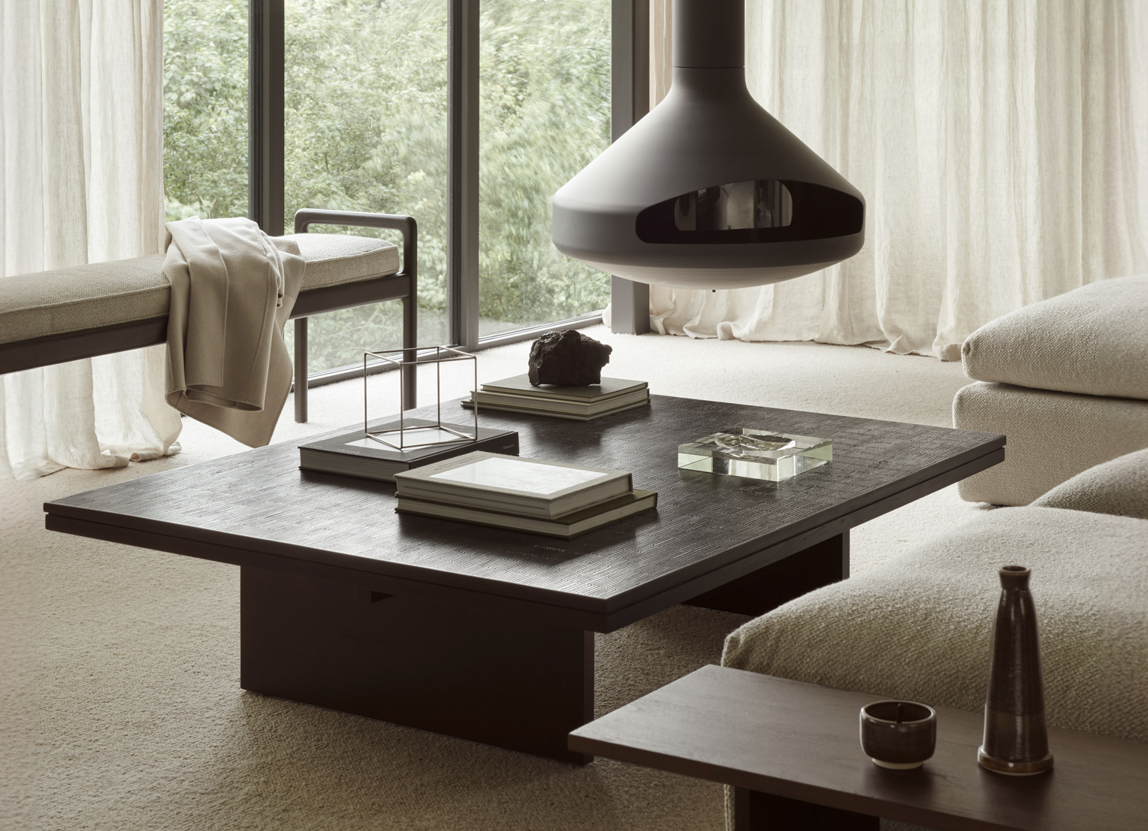
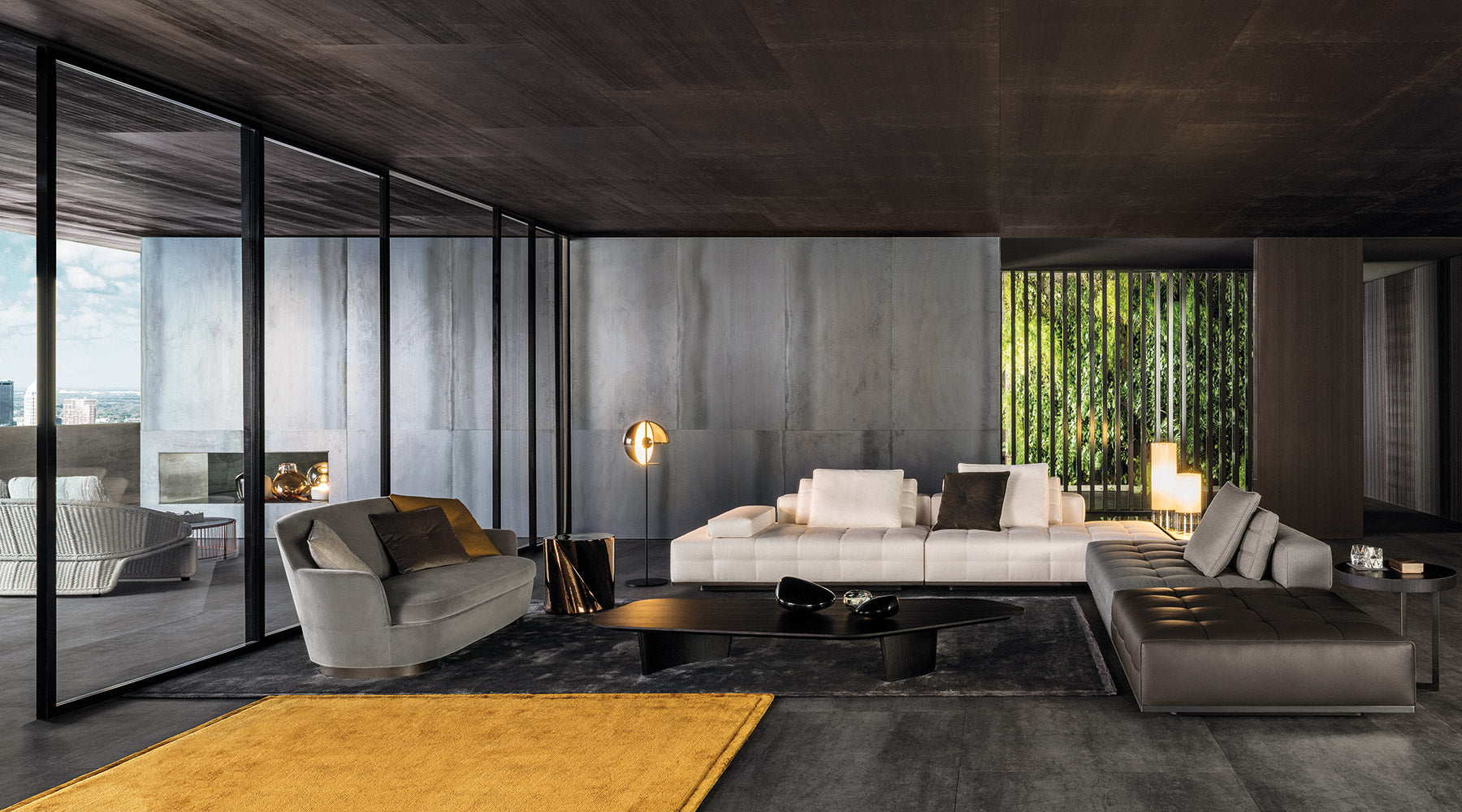
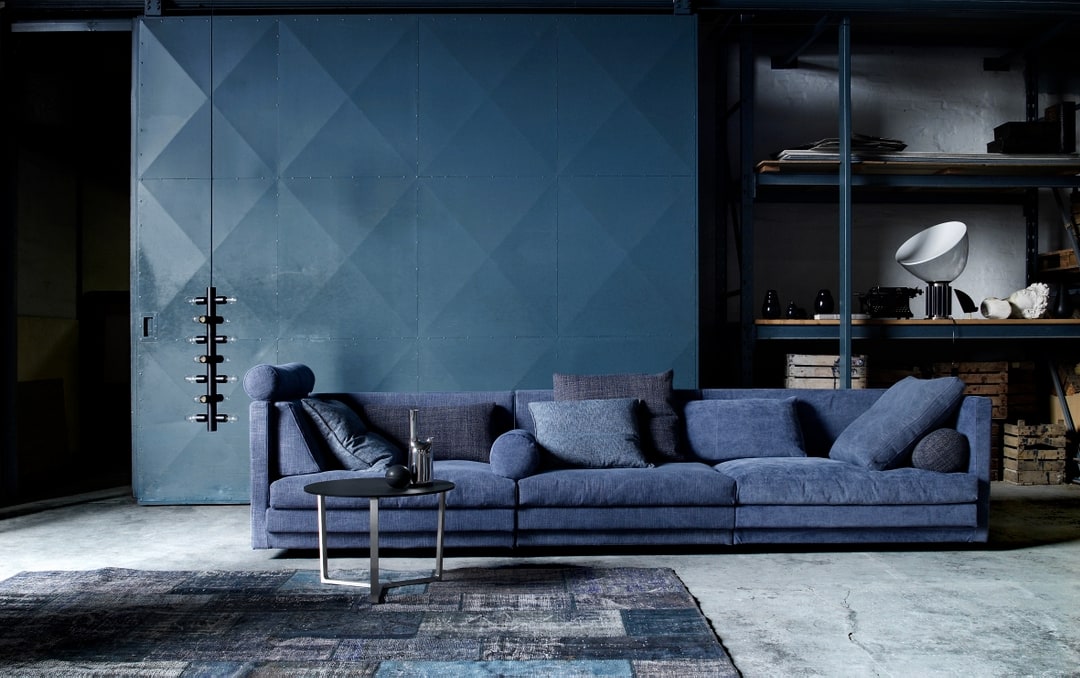
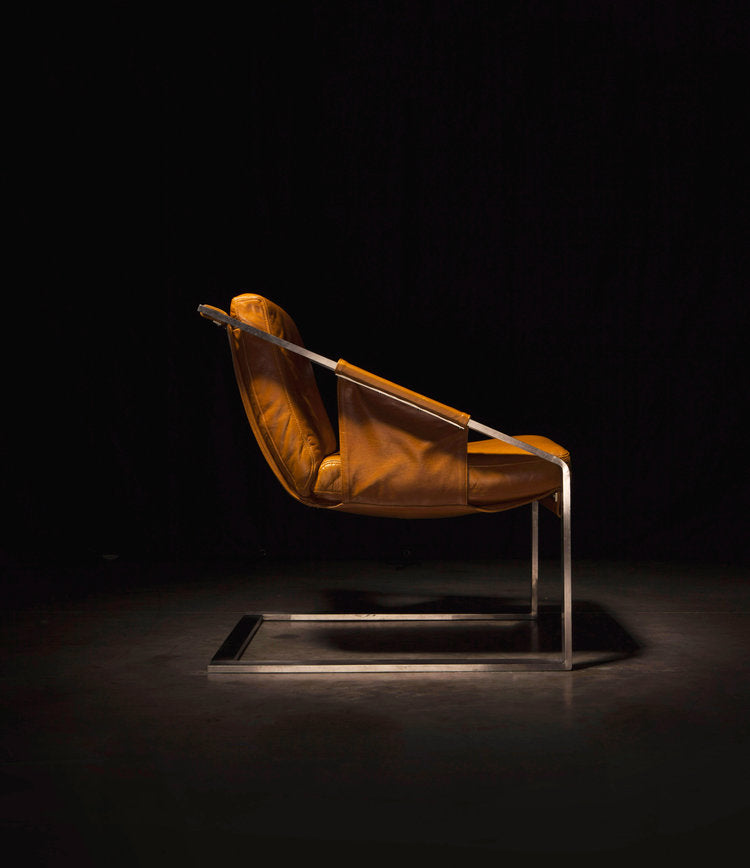
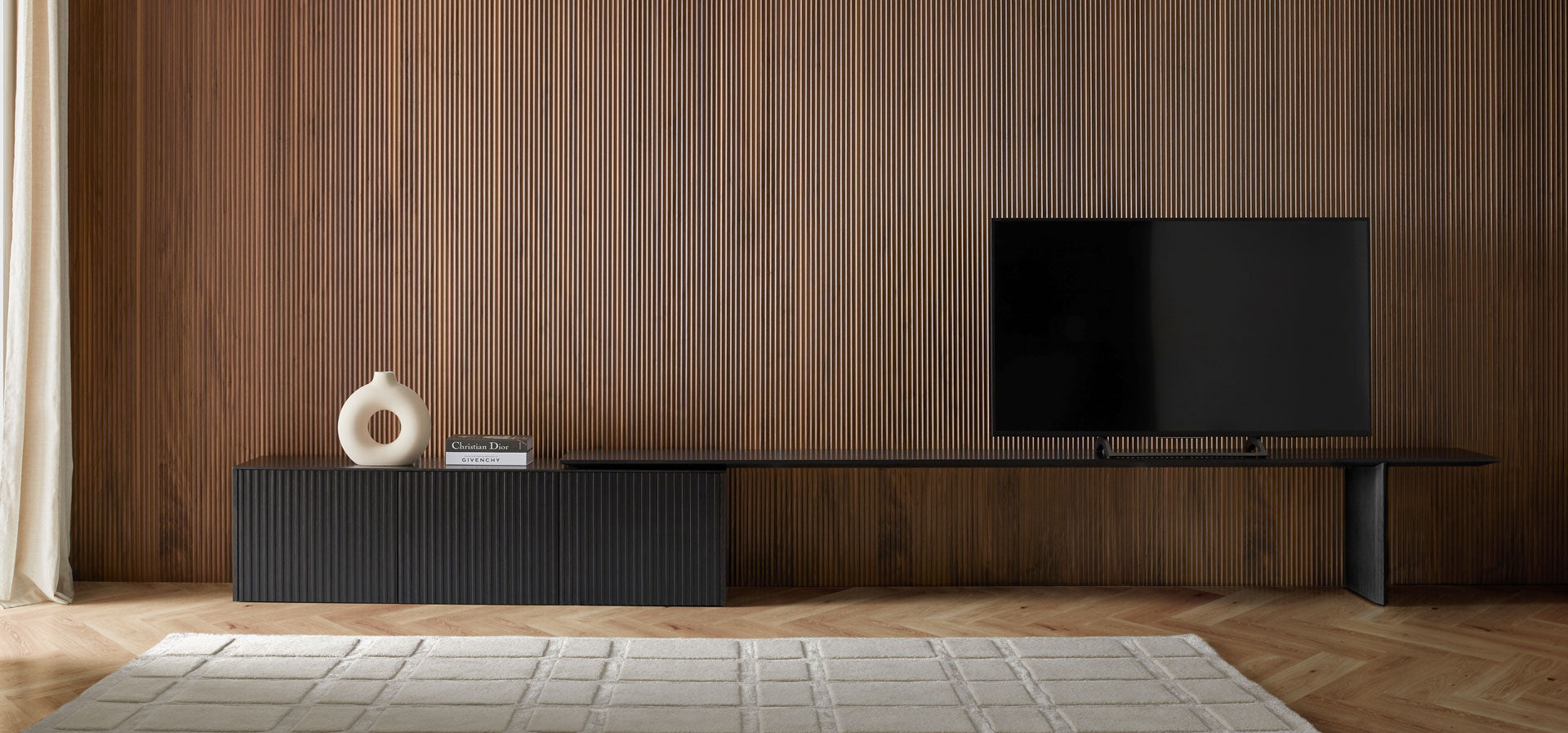



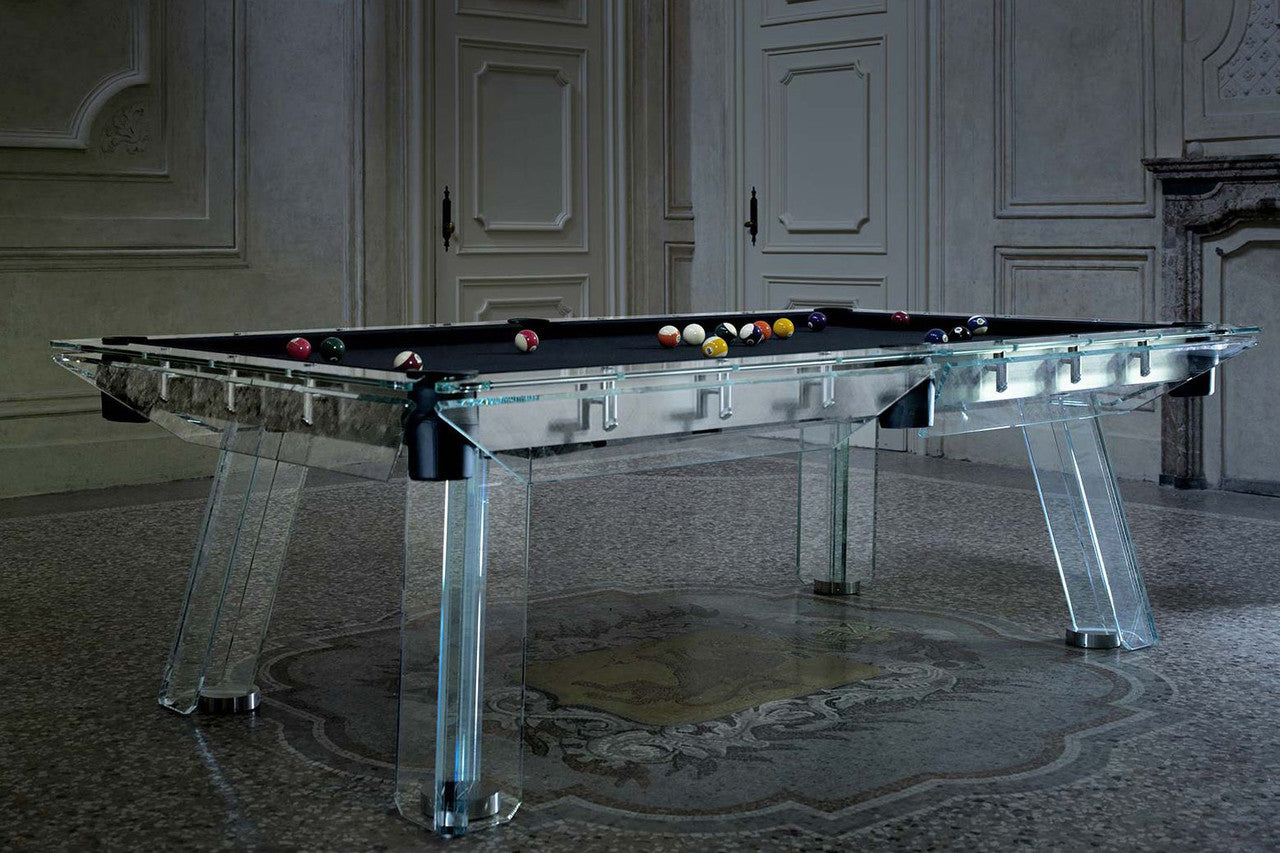


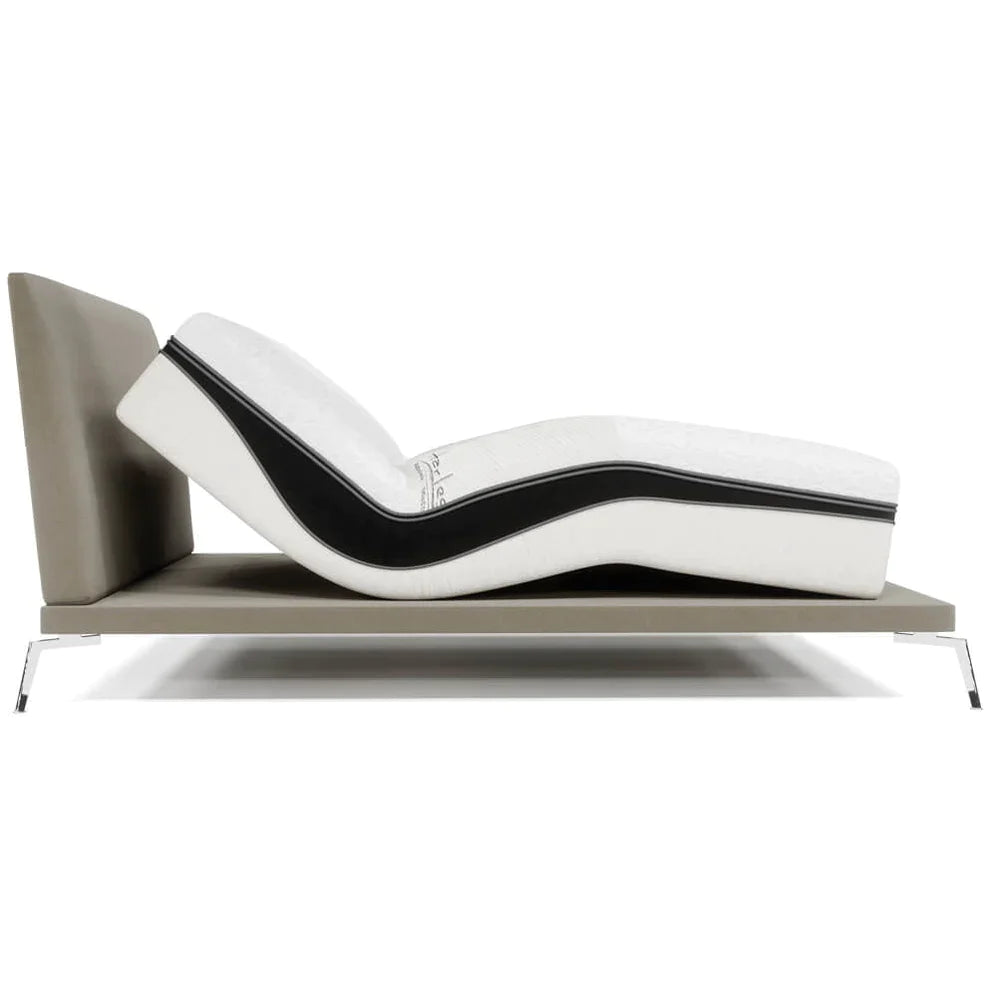


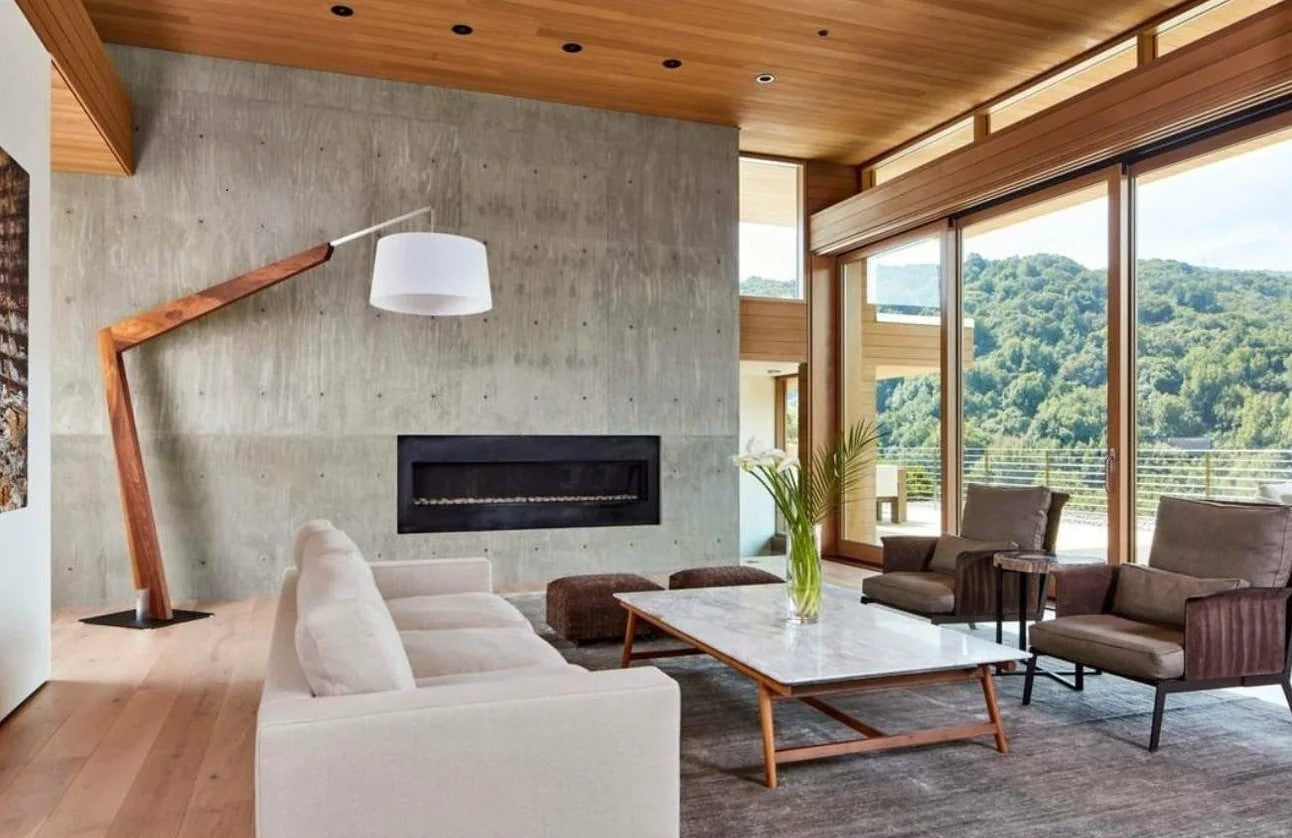
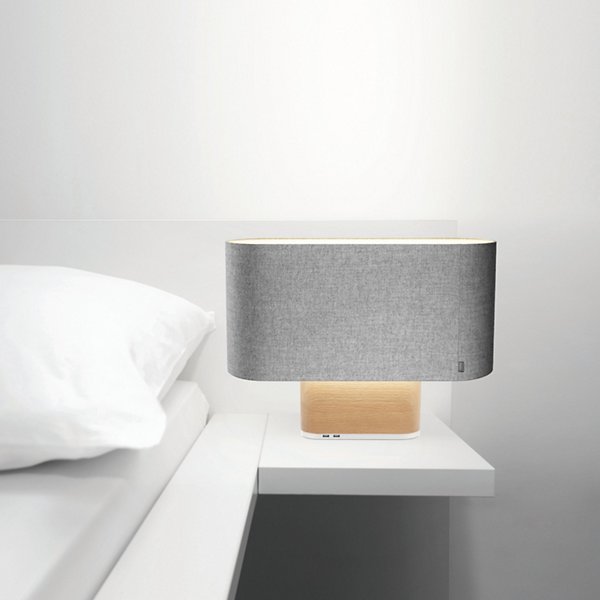






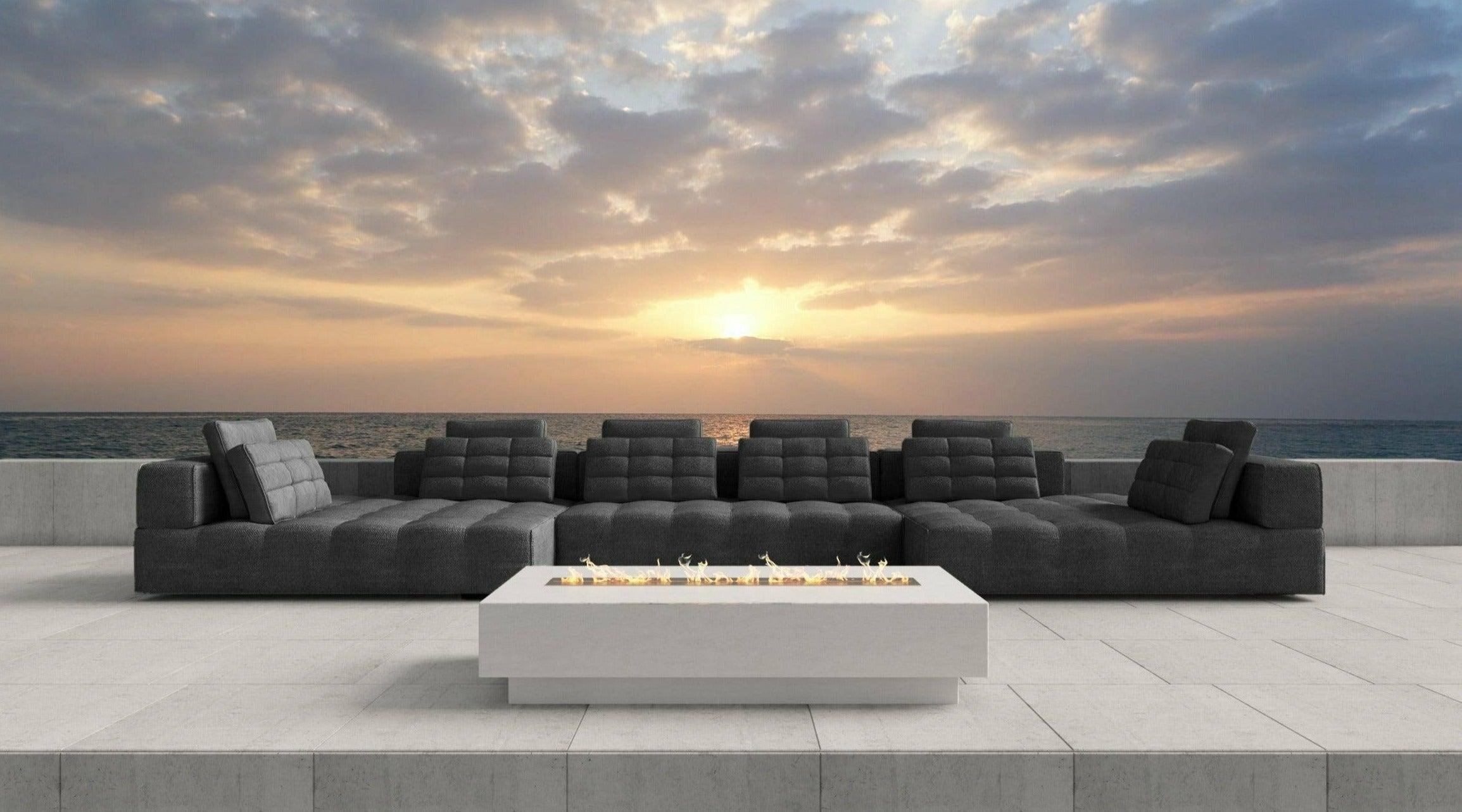

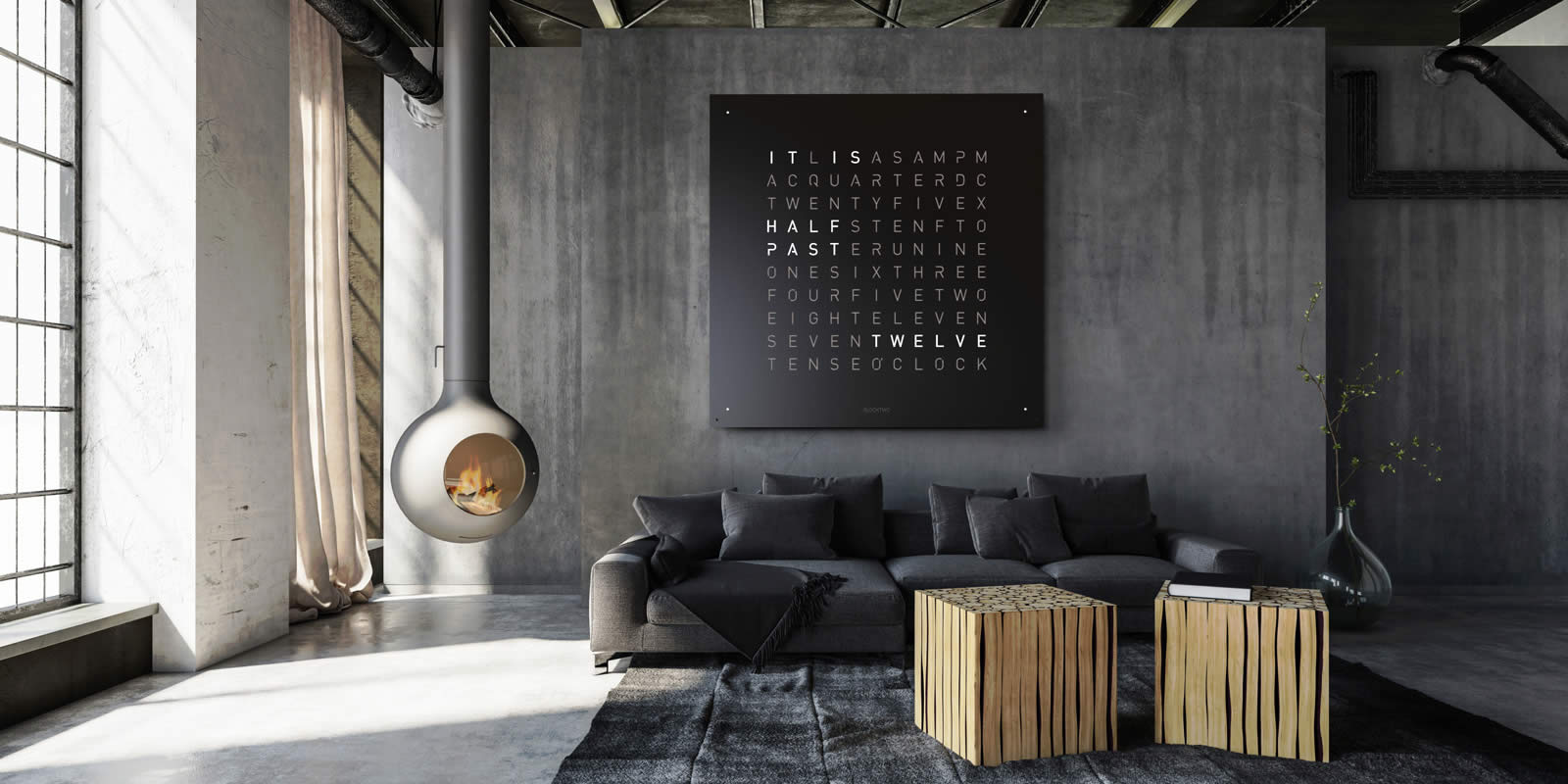
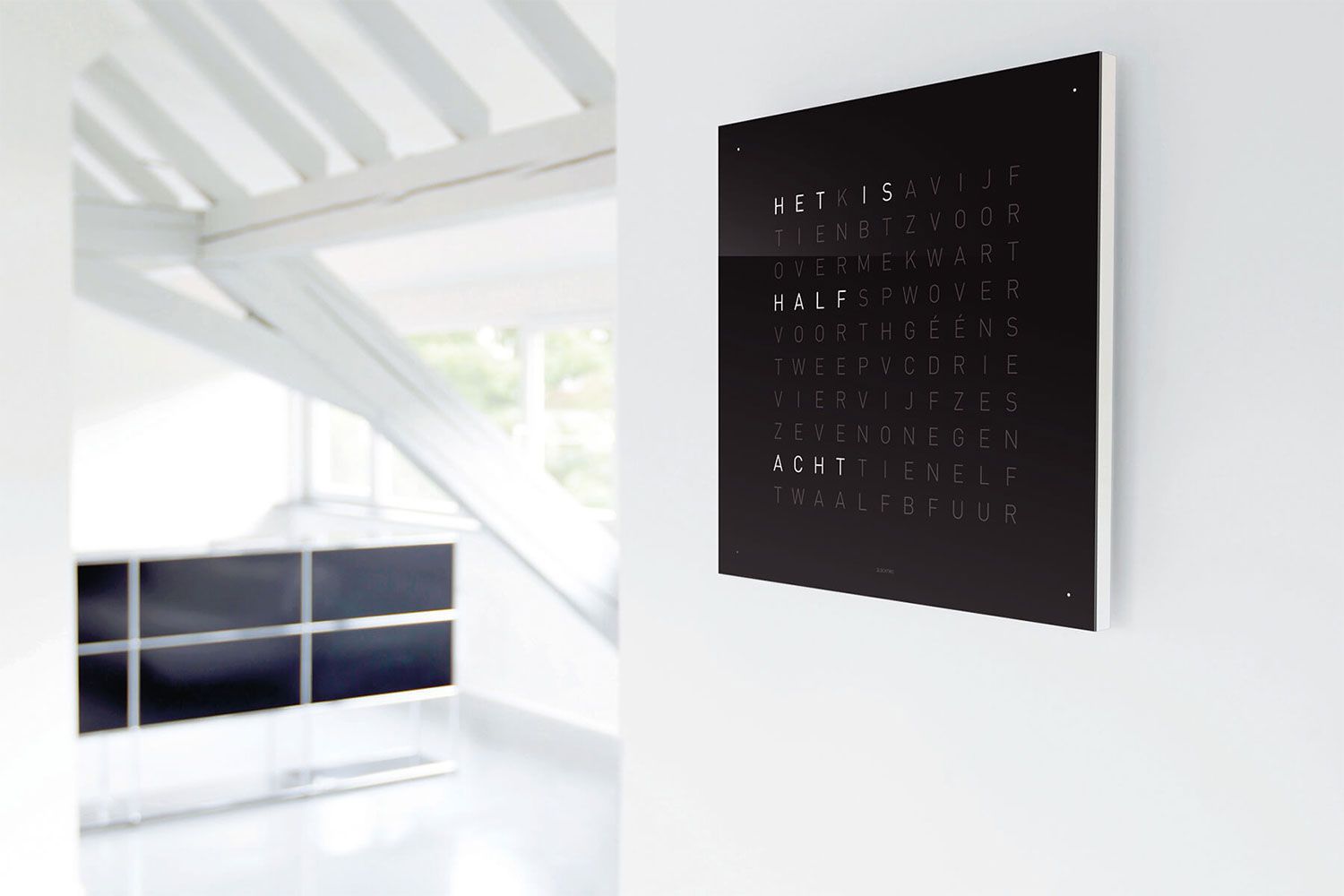


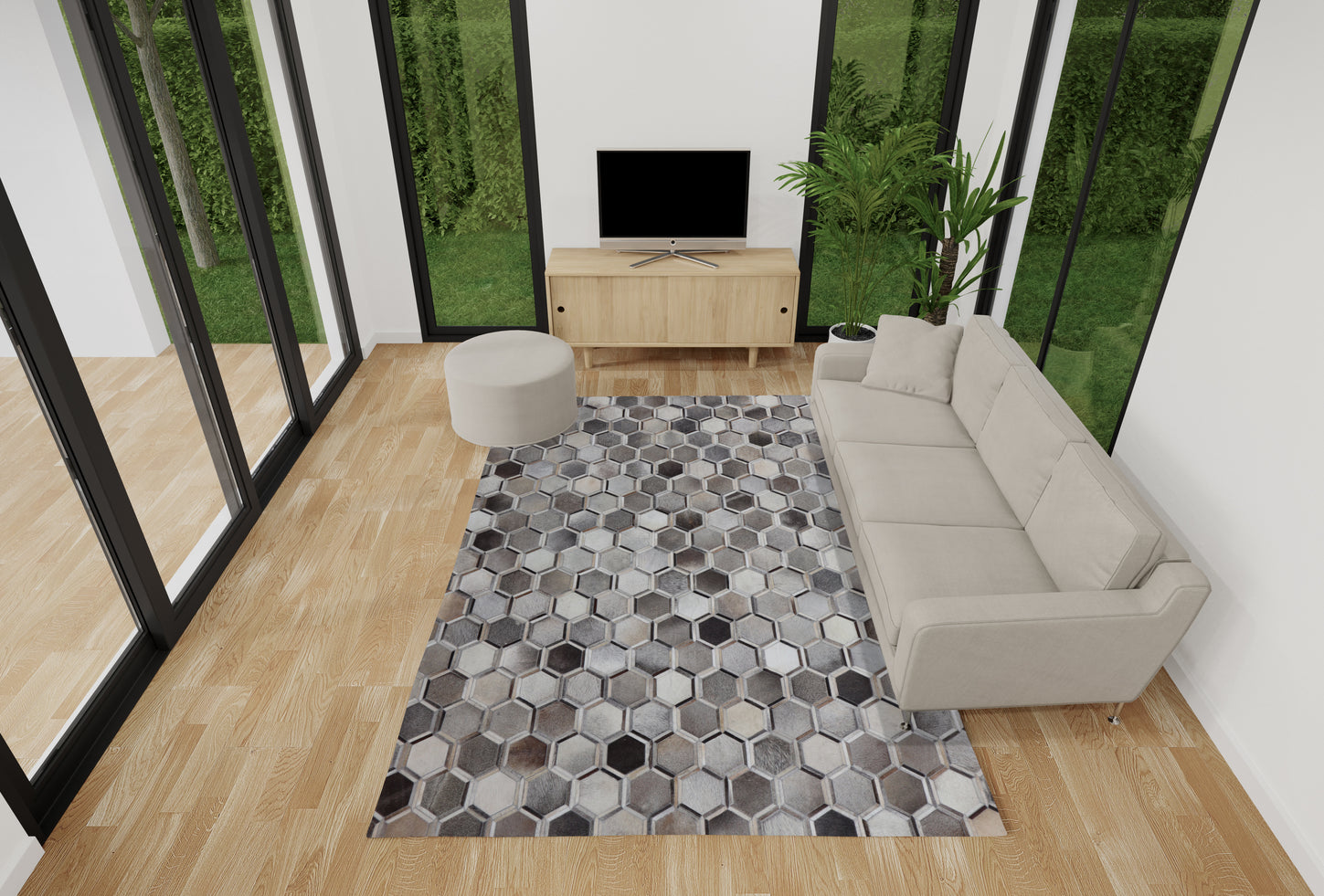




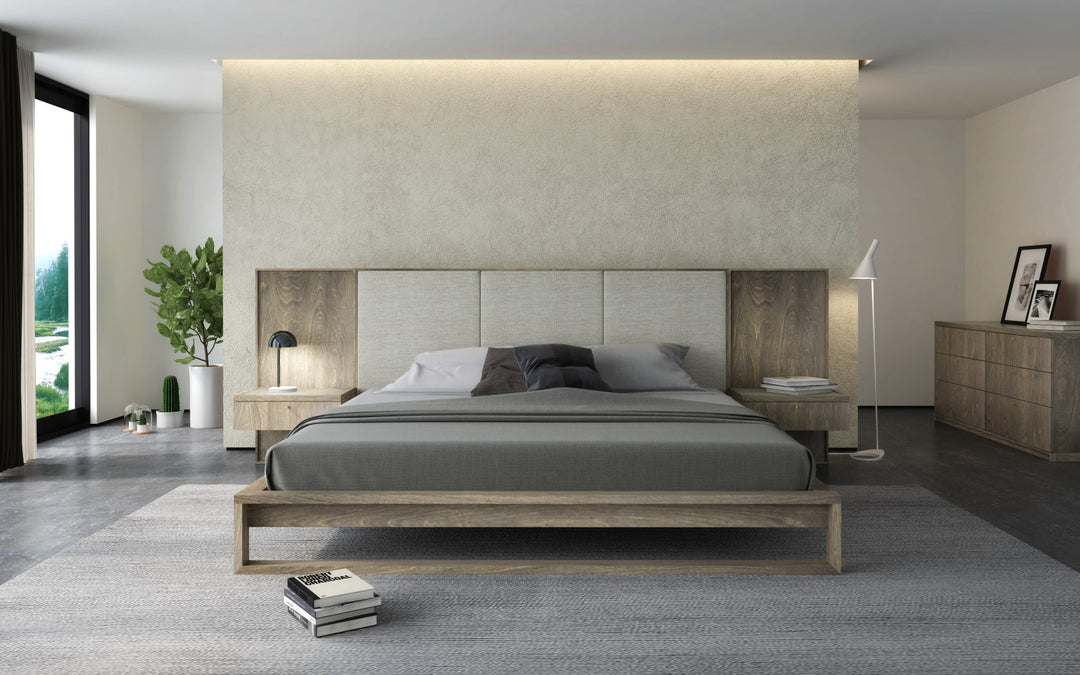

Leave a comment